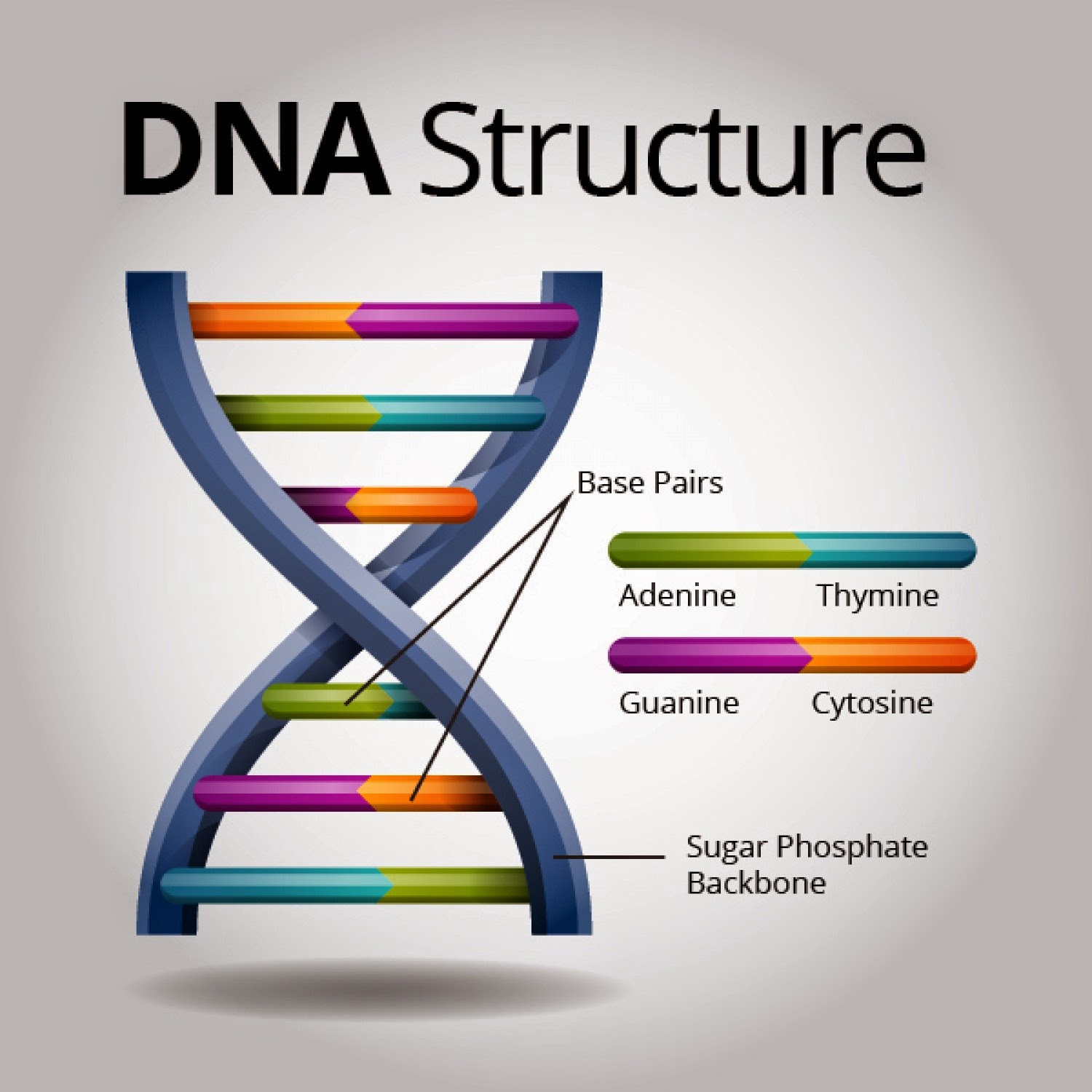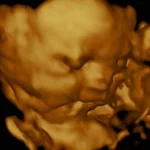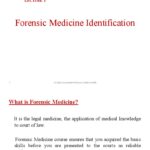Ever pondered the invisible architect shaping not just ourselves, but also the pursuit of justice? DNA, the very blueprint of life, has revolutionized forensic science, transforming crime scene investigations and legal proceedings. But how exactly does this microscopic marvel translate into irrefutable evidence? Let’s delve into the fascinating world where biology meets jurisprudence.
I. Unraveling the Double Helix: A Primer on DNA
Before exploring its forensic applications, a foundational understanding of DNA itself is crucial. Deoxyribonucleic acid, the complete moniker, is a molecule that carries the genetic instructions for all known living organisms and many viruses. Imagine it as an instruction manual, written in a four-letter alphabet: adenine (A), guanine (G), cytosine (C), and thymine (T). These nucleotides pair in a specific manner – A with T, and C with G – forming the iconic double helix structure, first elucidated by Watson and Crick.
This structure allows for replication and transcription, processes vital for cellular function. More importantly for forensics, it provides a stable template for identification. Every individual, save for identical twins, possesses a unique DNA profile, a sort of genetic fingerprint.
II. The Power of Polymorphism: Uniqueness in Variation
The human genome is remarkably similar across individuals; however, it is the variations, or polymorphisms, that set us apart. These variations occur in non-coding regions of DNA, specifically in repetitive sequences. These are loci, or locations, of DNA segments on chromosomes. These segments are known as short tandem repeats (STRs). STRs consist of short sequences, typically 2-6 base pairs long, that are repeated multiple times in tandem. The number of repeats varies between individuals. For example, at one locus, Person A might have 8 repeats of a specific sequence, while Person B has 12. This difference in repeat number is what allows forensic scientists to distinguish between individuals.
III. DNA Profiling: Constructing the Genetic Fingerprint
The cornerstone of forensic DNA analysis is DNA profiling, a technique that identifies these variable STR regions. The process typically involves:
- Sample Collection: Biological material, such as blood, saliva, hair follicles, or semen, is collected from the crime scene or individuals of interest.
- DNA Extraction: The DNA is carefully extracted from the cells within the sample. Various techniques exist, including organic extraction and solid-phase extraction, each with its advantages depending on the sample type and condition.
- DNA Amplification (PCR): Polymerase chain reaction (PCR) is a revolutionary technique that allows forensic scientists to create millions of copies of specific DNA regions. This amplification is crucial, particularly when dealing with degraded or minute samples.
- STR Analysis: The amplified STR regions are then analyzed using capillary electrophoresis. This technique separates DNA fragments based on size, allowing for the determination of the number of repeats at each STR locus.
- Profile Generation: The data from the capillary electrophoresis is used to generate a DNA profile, which is essentially a series of numbers representing the number of repeats at each STR locus. This profile is unique to the individual and can be compared to other profiles.
IV. Applications in Forensic Science: A Multifaceted Tool
DNA profiling has become indispensable in a wide range of forensic applications:
- Criminal Investigations: Matching crime scene DNA to a suspect is the most common application. DNA evidence can place a suspect at the scene of a crime, link them to a weapon, or even exonerate innocent individuals.
- Paternity Testing: Determining biological parentage is another crucial application. Comparing the DNA profiles of the child, mother, and alleged father can establish paternity with a high degree of certainty.
- Missing Persons Identification: DNA can be used to identify unidentified human remains or missing persons. Comparing DNA profiles from the remains to those of family members can provide crucial clues.
- Mass Disaster Identification: In the aftermath of mass disasters, DNA profiling is essential for identifying victims when traditional methods are impossible. This often involves comparing DNA profiles to personal items or family references.
- Genealogy and Ancestry: While not strictly forensic, DNA analysis is increasingly used for genealogical research, tracing ancestry, and identifying genetic predispositions to certain diseases. This intersection can sometimes aid in identifying unknown suspects through familial DNA searches.
V. Familial DNA: A Powerful, Yet Controversial Tool
Familial DNA searching involves searching DNA databases for individuals who share a significant portion of their DNA with the crime scene sample. This can identify potential relatives of the perpetrator, even if the perpetrator themselves is not in the database. While this technique has led to breakthroughs in cold cases, it raises ethical concerns about privacy and potential for misidentification.
VI. Challenges and Future Directions: Pushing the Boundaries
Despite its power, forensic DNA analysis faces several challenges.
- Sample Degradation: Environmental factors, such as heat, humidity, and UV light, can degrade DNA, making analysis difficult or impossible.
- Mixtures: Crime scenes often contain DNA from multiple individuals, creating complex mixtures that are challenging to decipher.
- Contamination: Contamination of samples with extraneous DNA can lead to false positives and erroneous conclusions.
- Backlogs: Many forensic labs face significant backlogs in DNA analysis, delaying investigations and potentially hindering justice.
Future directions in forensic DNA analysis include:
- Rapid DNA Analysis: Developing portable devices that can process DNA samples quickly at the scene of a crime.
- Next-Generation Sequencing (NGS): Utilizing NGS technology to analyze more complex DNA regions and provide richer information.
- Phenotyping: Predicting physical characteristics, such as eye color, hair color, and skin tone, from DNA samples, which can help narrow down suspect pools.
DNA analysis stands as a pivotal element within the edifice of contemporary forensic methodology. Its applications continue to broaden, promising to revolutionize the investigation of crime and the administration of justice. As technology advances, the potential for DNA to unravel the most intricate mysteries remains boundless, constantly challenging the conventional boundaries of forensic science.









Leave a Comment